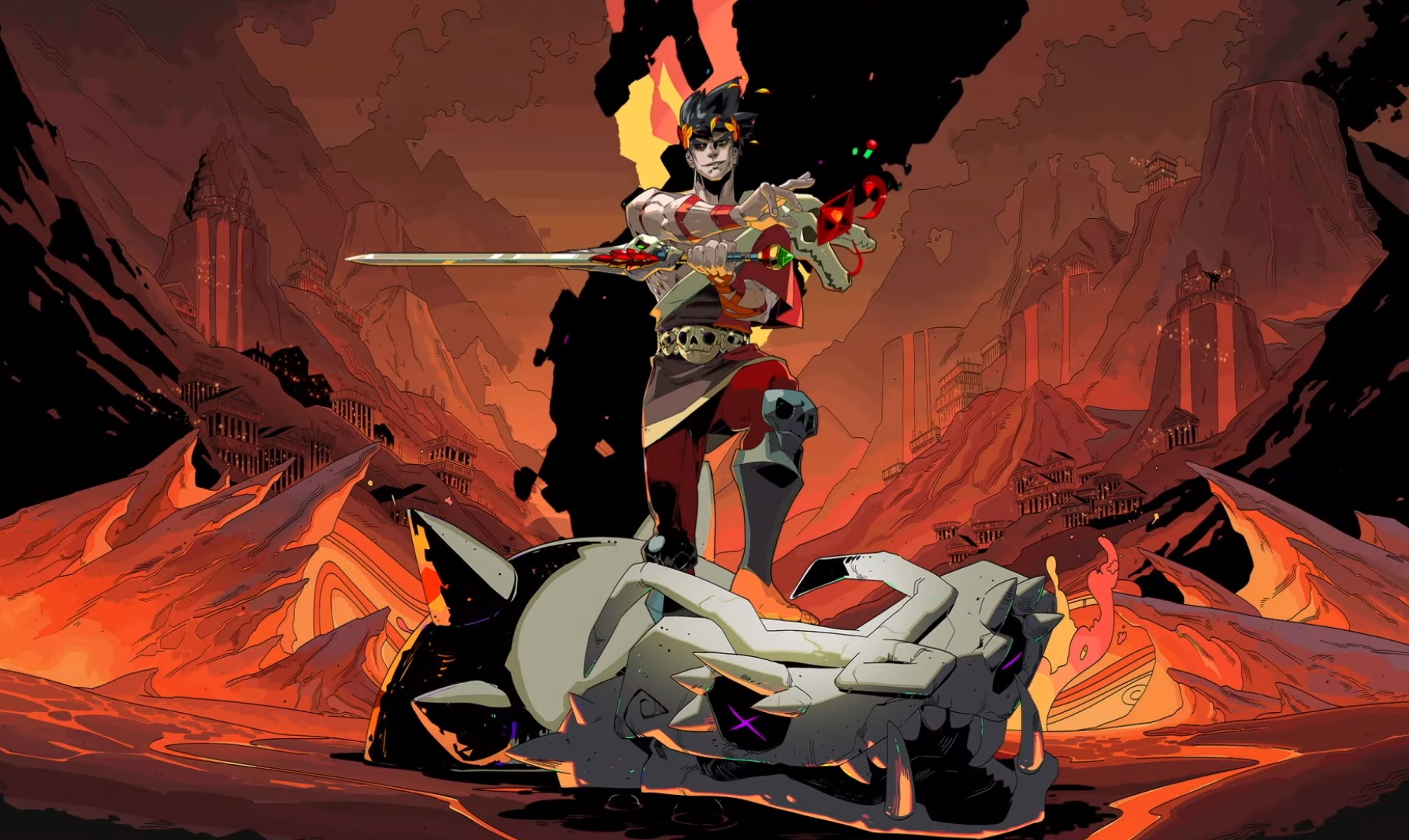Table of Contents Show
“Hades” is the newest release from acclaimed independent developer Supergiant Games. Like most of the studio’s games, it’s an isometric hack and slash romp with gorgeous hand-drawn art and impeccable voice acting. In “Hades,” players take control of Zagreus, son of the Greek god Hades, as he rebelliously attempts to escape the underworld and reunite with his divine relatives on Mount Olympus.
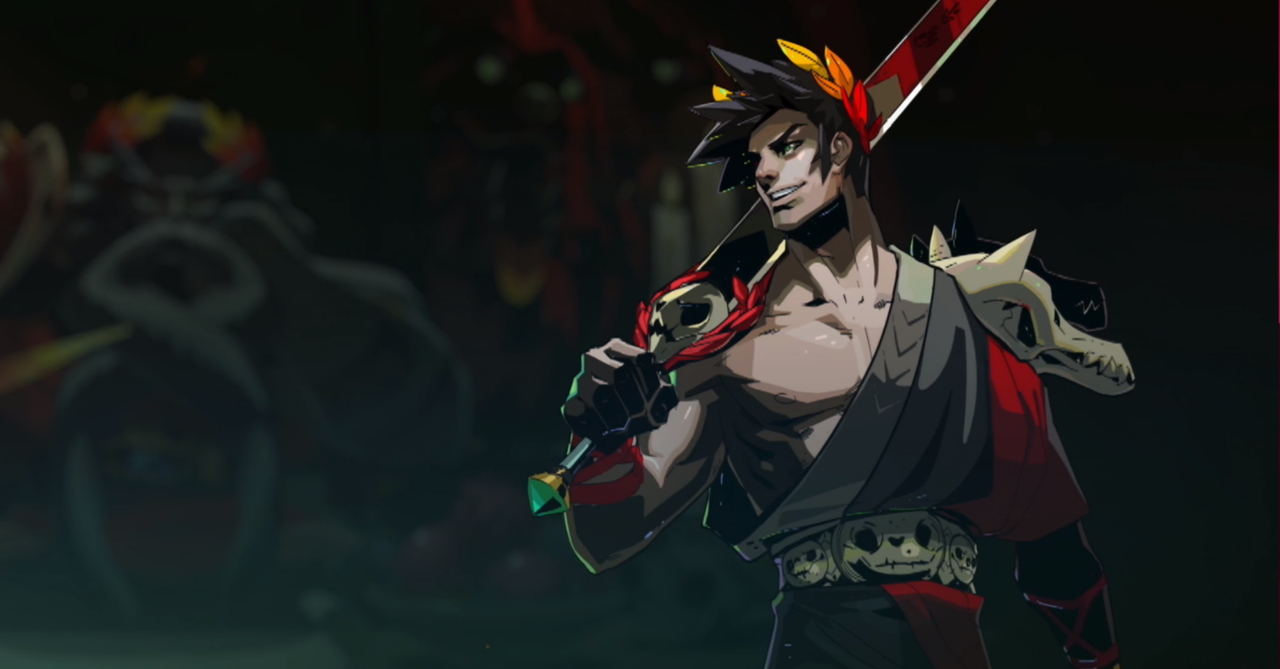
While few gamers were begging for yet another alternate take on Greek mythology, “Hades” stands out and takes full advantage of its mythical setting. The Underworld is beautifully realized, from the labyrinthian pits of Tartarus to the luminous fields of Elysium. Almost every major Olympian god makes a cameo when they send divine boons to assist Zagreus in his quest. What’s more, the rest of the cast is filled out by human mythological figures and monstrous underworld denizens that any mythology buff would be delighted to recognize. Of course, each character is rendered in a vibrant portrait and imbued with ample personality by an outstanding voice cast.
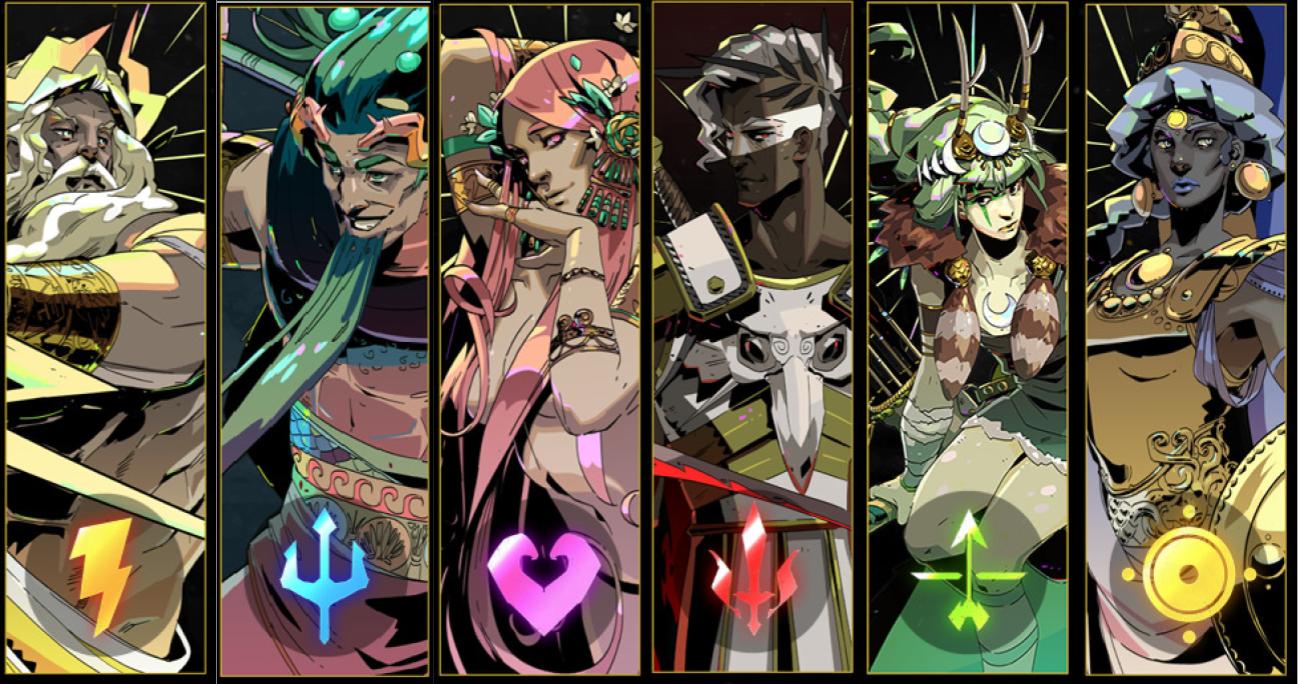
“Hades’s” gameplay is similarly excellent. The hack and slash combat is silky-smooth and frenetic. The six distinct weapon types, as well as over 120 unique boons from the Olympian gods, allow for a bevy of character customization options. These perfectly balanced mechanics make each trip through the underworld a real treat.
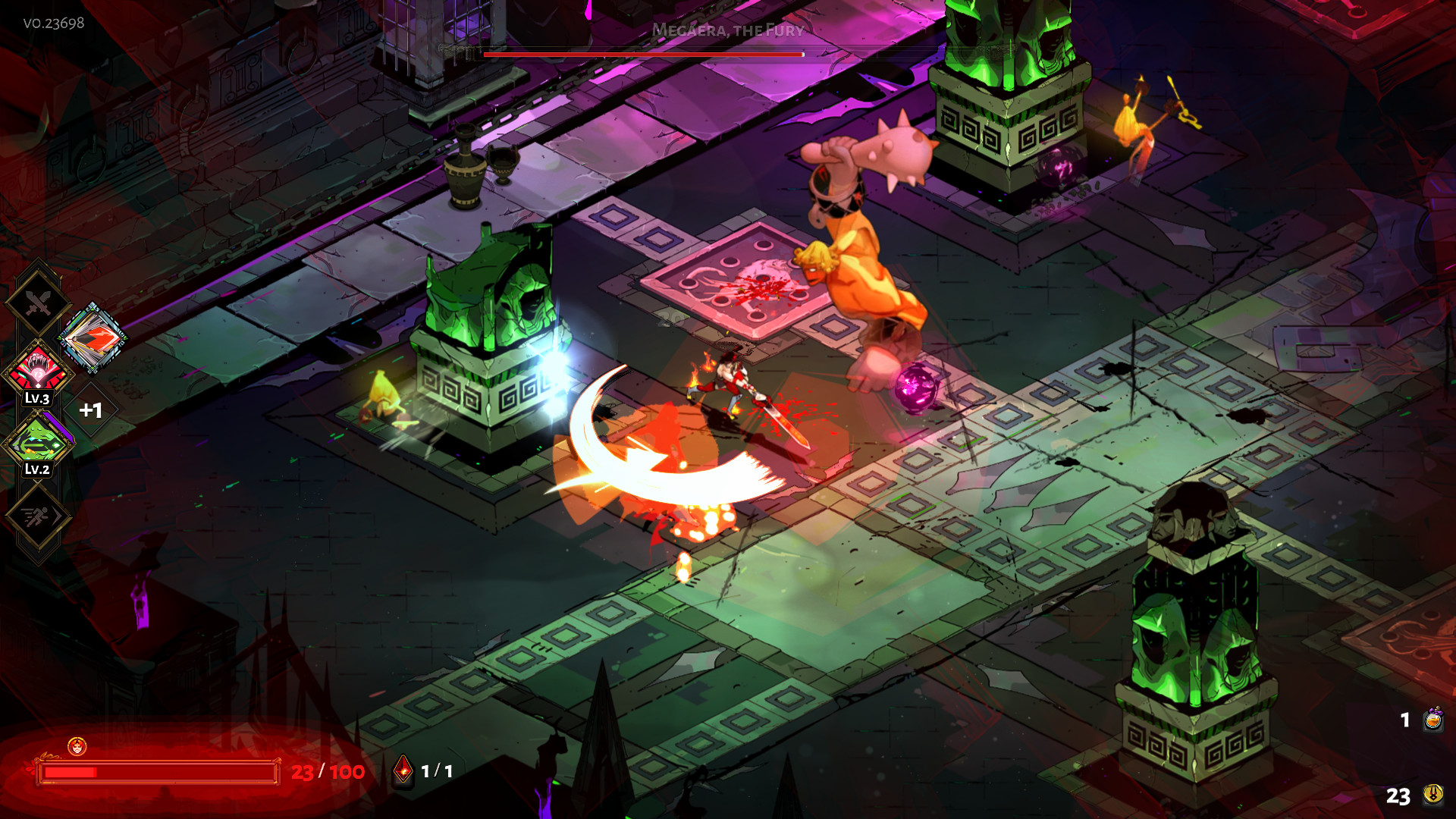
Wait, each trip? Well, Zagreus can’t escape the Underworld in just one try, can he? Departing from Supergiant’s tradition of linear adventures, “Hades” borrows mechanics from video games’ roguelike genre. In roguelikes, the player must start the game from the beginning of the game every time they die. If that sounds repetitive, don’t worry: roguelikes also feature semi-randomly generated levels, which means no two attempts are the same. “Hades” really stands out among roguelikes because it uses the repetitive gameplay inherent to the genre in conjunction with its mythological setting to create a truly unique branching storyline, as well as a compelling new take on what it means to die in a video game.
There’s No Highway Out Of Hell
Though “Hades” departs significantly from Supergiant’s typical model, it also builds on their previous games’ ambitions and shortcomings. Supergiant’s most recent game before “Hades” was 2017’s “Pyre,” a party-based action role-playing game with a huge world and a choice-driven, branching story.

Supergiant’s website touts that the game is “highly replayable” because of the different story routes the player is able to pursue in each playthrough. However, that branching narrative may not have been the best choice for a long-form RPG.
“Man, we did all that work to create truly branching open-ended storytelling, but Pyre feels like a game that you’d only play once.”
Greg Kasavin, writer and designer at Supergiant
(( Wiltshire, Alex. “How Hades Plays with Greek Myths.” Rock Paper Shotgun, Gamer Network, 12 Feb. 2020, www.rockpapershotgun.com/2020/02/12/how-hades-plays-with-greek-myths/. ))
If Kasavin and the rest of the team at Supergiant wanted to create an open-ended story that players would actually want to experience in full, they would need to find a way to make multiple playthroughs more palatable. Luckily, they chose a genre where multiple playthroughs are baked into the main gameplay loop.
Players start “Hades” mid-escape, with Zagreus bursting into Tartarus and confidently bidding his father a wistful farewell. Chances are, however, that players will be quickly overwhelmed by the mindless, violent lost souls lurking in the underworld’s depths. When his health hits zero, Zagreus is skewered from below as the floor melts into a river of blood, and he sinks in. A banner at the top of the screen declares: “THERE IS NO ESCAPE.” “Hades” has begun!

Fiendish Friends
Immediately after each death, Zagreus emerges from a pool of blood in the court of Lord Hades, and players are treated to some of the branching story elements that Supergiant was so excited to incorporate. Several characters can be found loitering around the court, including the goddess of night Nyx, the god of sleep Hypnos, the fallen Greek warrior Achillies, Lord Hades himself, and the three-headed guard dog Cerberus.
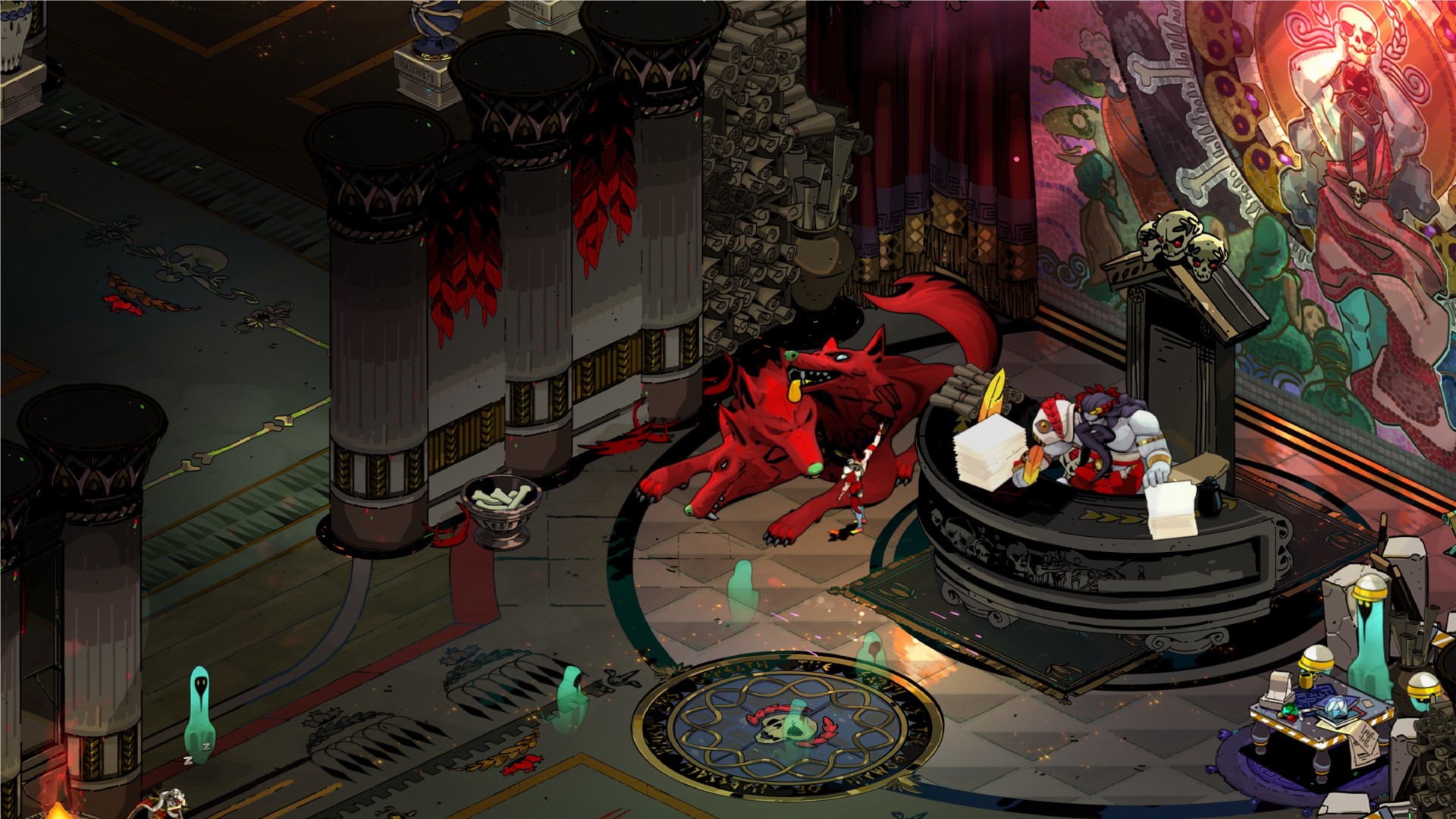
Each time he visits, Zagreus can have a conversation with each of them, which will progress his relationship with that character. He can also offer them nectar, a resource obtained during escape attempts, which will progress those relationships even more. There are only so many conversations to have in a linear game and only so many gifts to give. As such, the player would only be able to fully explore the relationship routes of a handful of the available characters. Since “Hades” is a roguelike, however, the player will be sticking around in the underworld for as long as it takes them to escape.
This allows the player to explore as many of the branching relationship options as they want. And, chances are, players will be excited to explore a personal connection to the game’s many recognizable mythical figures, perhaps even more than with “Pyre’s” cast of original characters. In the meantime, the dialogue also responds to the player’s performance and choices in the game. Whenever Zagreus talks to Hypnos, for example, he’ll mock the dark prince for how he died in his previous escape attempt.
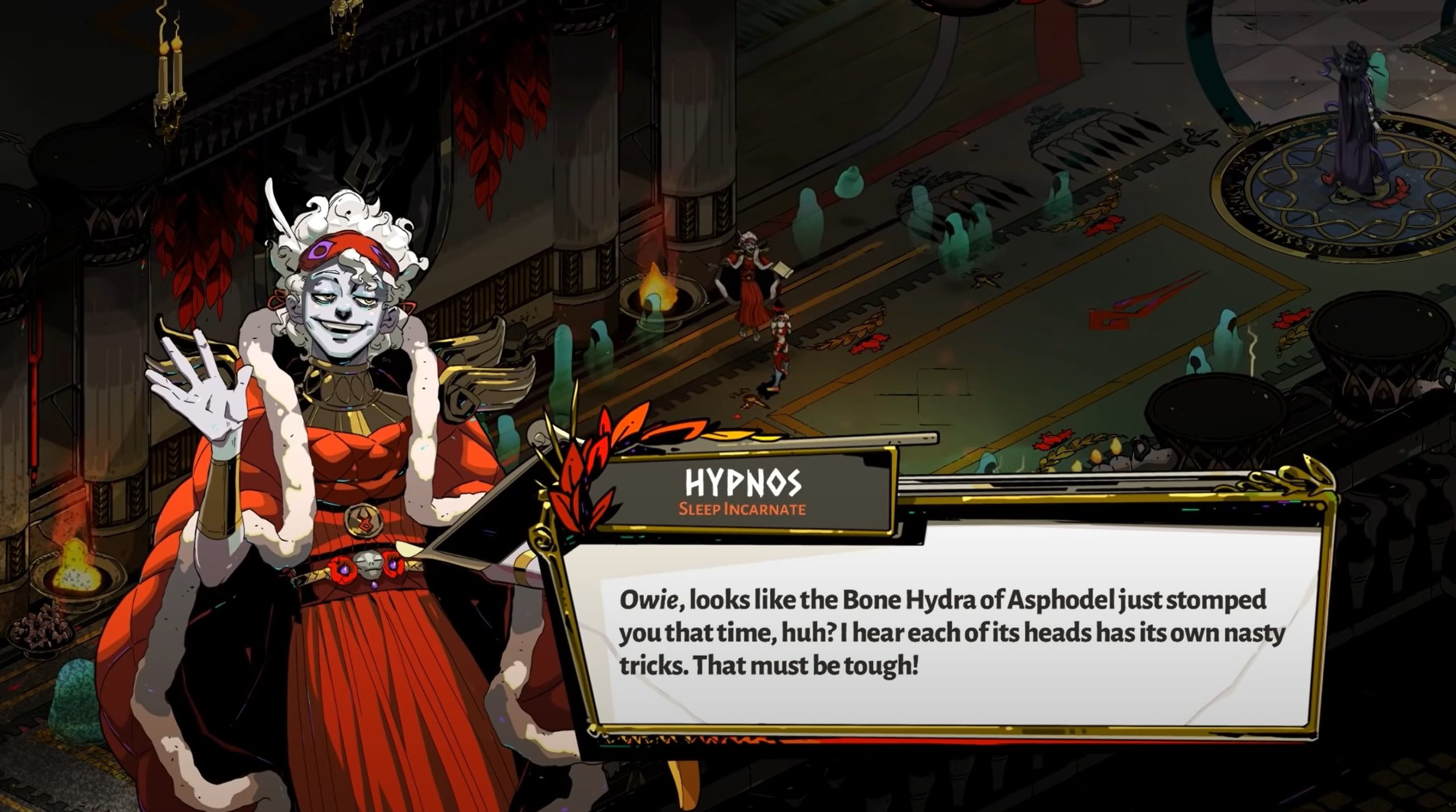
Meanwhile, Achilles might congratulate him on milestones reached or helpfully explain new items that he recently discovered. There’s a wealth of story content to explore in “Hades,” but it never seems daunting because the playthroughs that connect it all are both fun and manageable in length. Supergiant has thoroughly succeeded in its quest to create a huge branching story that’s also approachable. However, to fully appreciate the depth of “Hades’s” synergy between story and gameplay, players will need to think a little more deeply about how it handles a longtime specialty of both the underworld and video games: death.
A Brief History of Death In Video Games
Since the halcyon days of “Super Mario Brothers,” video games have had a pretty good strategy for handling the player’s failure and the main character’s resulting death: don’t worry about it too much. When the hapless player flings Mario into a bottomless bit, the screen fades to black, and he reappears, or “respawns” at the last checkpoint.
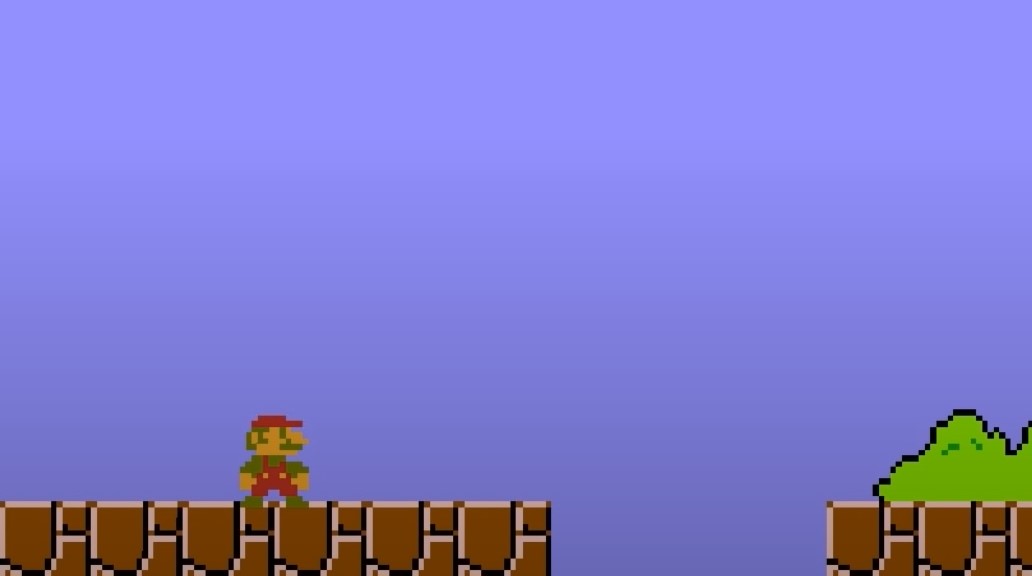
What happened in the meantime? Did Mario miraculously survive and claw his way back to the surface? Was he resurrected in a dark and bloody necromantic ritual, too disturbing to show the impressionable player? Was he replaced by one of hundreds of genetically engineered Mario clones? Who cares! It’s just a game! Though failing and retrying is a central aspect of how video games work, most games make no attempt whatsoever to narratively justify the repeated death and respawning of the main character. And that’s okay!
A fully-integrated narrative isn’t required for a fun gameplay experience, and sometimes it can even get in the way. However, some games attempt to explain why the player can retry after their character dies. “Hades” happens to be a modern example, but games have been doing it for a while. The “Assassin’s Creed” series actually occurs in a simulation where each death is only a hypothetical scenario. In “Dark Souls,” the player controls an undead character who is magically reborn after falling in battle, though the character’s rebirth’s physical mechanics are left unclear.
Roguelikes define themselves based on how they handle respawning, but they aren’t necessarily more likely to incorporate it into their stories. Many roguelikes, such as “Enter the Gungeon,” don’t explain the player’s resurrection, while some such as “Dead Cells” feature a nominal and vague story justification. “Rouge Legacy” has a unique justification: every time a character dies, their son or daughter takes up the mantle. This approach is interesting but limited in its storytelling utility since the player can’t get attached to a single compelling protagonist.
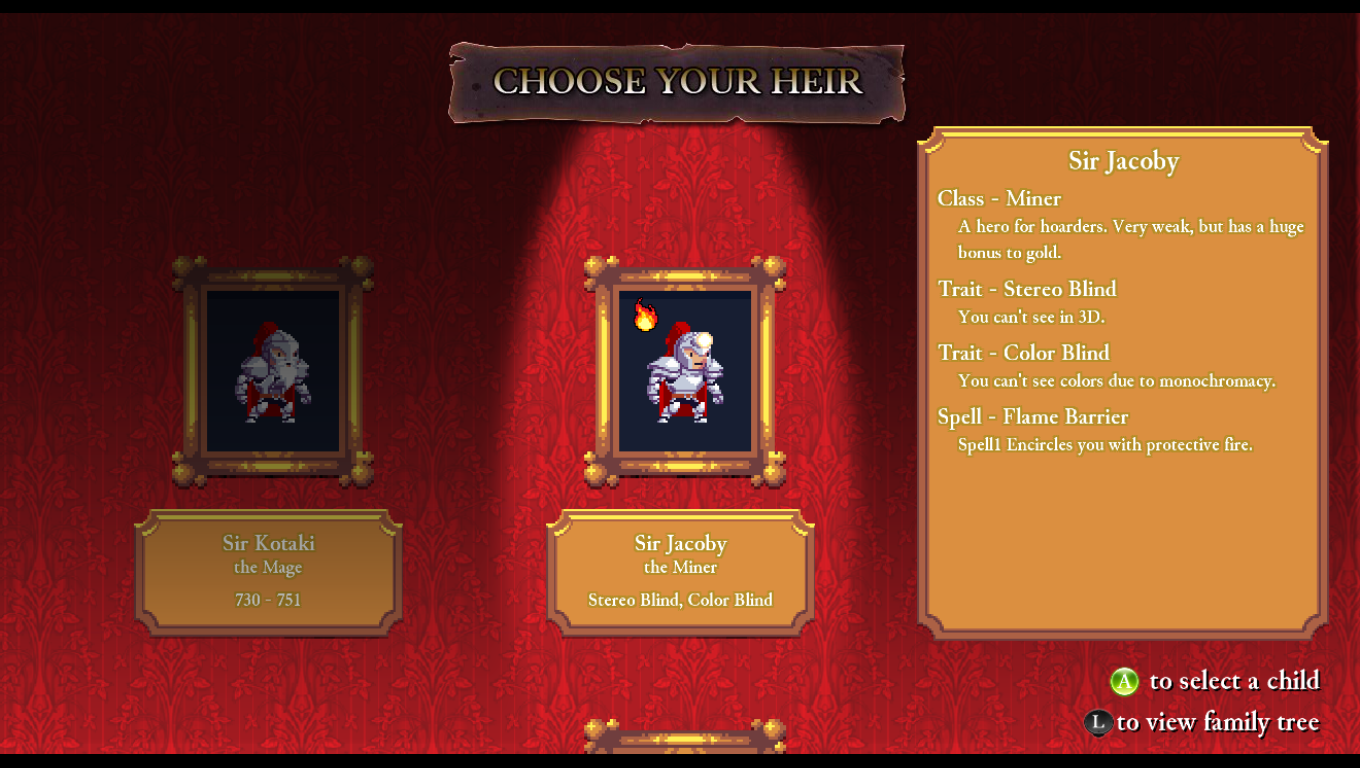
Dying Ain’t Easy
One less successful example of incorporating the player’s death into a game’s story came with the release of The Legend of Zelda: Hyrule Historia, which retroactively imbued the “Legend of Zelda” series with overarching lore that hadn’t been intended when the games were originally released. The book contains a timeline that connects each of the “Zelda” games, which touts the controversial idea that several games emerge from a timeline where Link dies in “The Legend of Zelda: Ocarina of Time.”
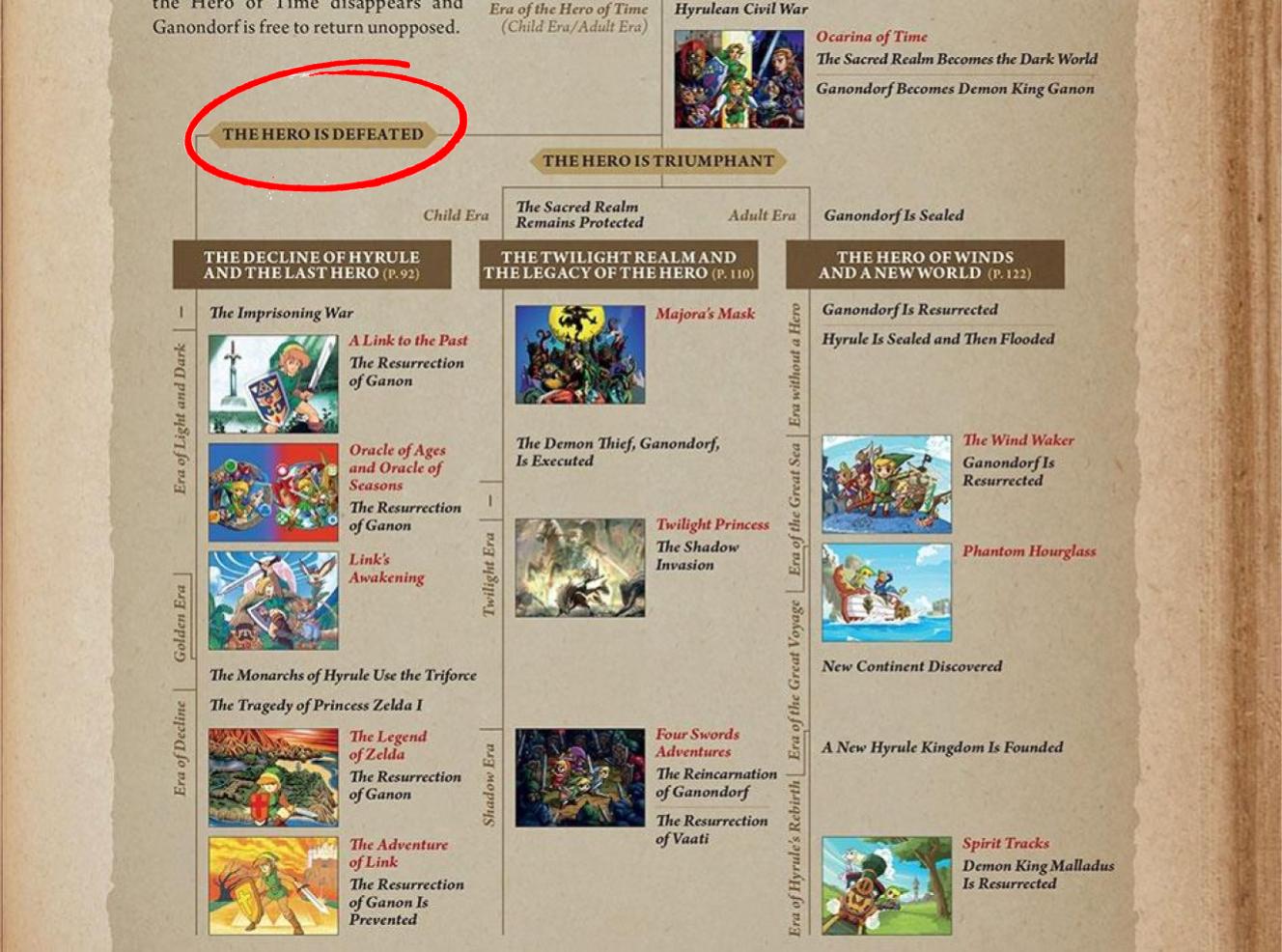
While the world where the hero failed is interesting in concept, many “Zelda” fans found it unconvincing that so much narrative significance was being heaped on what was once a simple gameplay element.
“One of my friends invited me over to watch him beat ‘Ocarina of Time’ because he was really close to finishing it, and then I went over, and then he couldn’t do it, and so then we decided to go outside and play basketball. This is that timeline!”
Brian David Gilbert
(( Polygon. 2018. “Solving the Zelda Timeline in 15 Minutes | Unraveled.” YouTube Video. YouTube. https://www.youtube.com/watch?v=Q-25c8Rsobw&t=1s. ))
Hyrule Historia demonstrates that there is danger in trying to integrate normal game mechanics such as death into the story: sometimes it doesn’t fit and players just don’t buy it. “Rogue Legacy” presents the opposite issue: structuring the game’s story so completely around death that other story elements are cut off. Games such as “Dead Cells” or “Dark Souls,” meanwhile, are so subtle about their stories that the player’s death isn’t actually all that interesting narratively. “Hades,” however, avoids these problems through the combination of its perfectly-chosen premise and its subtle but bombastic story.
Immortality Has Its Perks
So, how does “Hades” justify Zagreus’s repeated respawnings? He’s a god, of course! The genius of setting a roguelike in a Greek mythological setting is that most players are already familiar with the concept of Greek gods, who can be weakened and hurt but not killed. When Zagreus is fatally wounded and rises again from a pool of blood, the game doesn’t even need to explain what’s going on. The justification fits perfectly.
However, just because the justification is simple and intuitive doesn’t mean the story isn’t interesting. For one thing, Zagreus has all the divine charisma for which his Olympian family is so well-known. Players will immediately sympathize with his strong motivation to escape his villainous father. He’s confident—maybe even a little cocky—but also tortured and sensitive, and he’s got a fantastic sense of humor. The sultry tones of Darren Korb, who voices Zagreus and also composed the game’s soundtrack, brings it all together and makes Zagreus a character who players are excited to follow, through death and beyond.
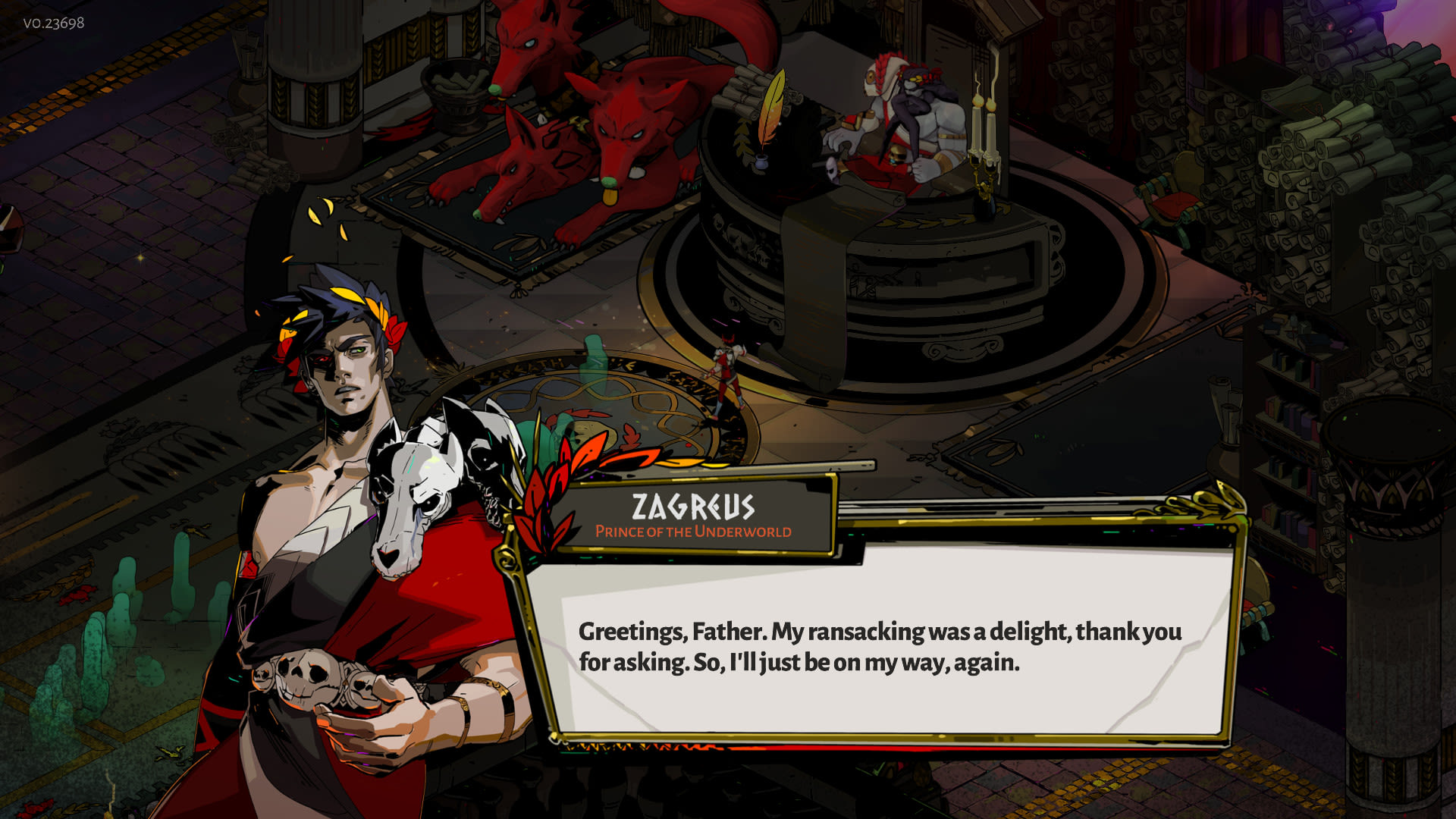
Furthermore, Zagreus’s repeated attempts to escape the underworld play beautifully into the story’s themes. Zagreus wants nothing more than to escape, and he’s willing to struggle for it. He could give up at any time and beg for forgiveness from his father, who has made it clear that he’s begrudgingly willing to grant it. And because Zagreus remembers each death, each failed escape attempt weighs on his hope to reach the surface. But he keeps trying anyway. Zagreus’s constant toil recalls traditional mythical narratives, such as Odysseus’s seemingly endless quest to sail back to his home in Ithaca or Heracles’s twelve impossible labors.
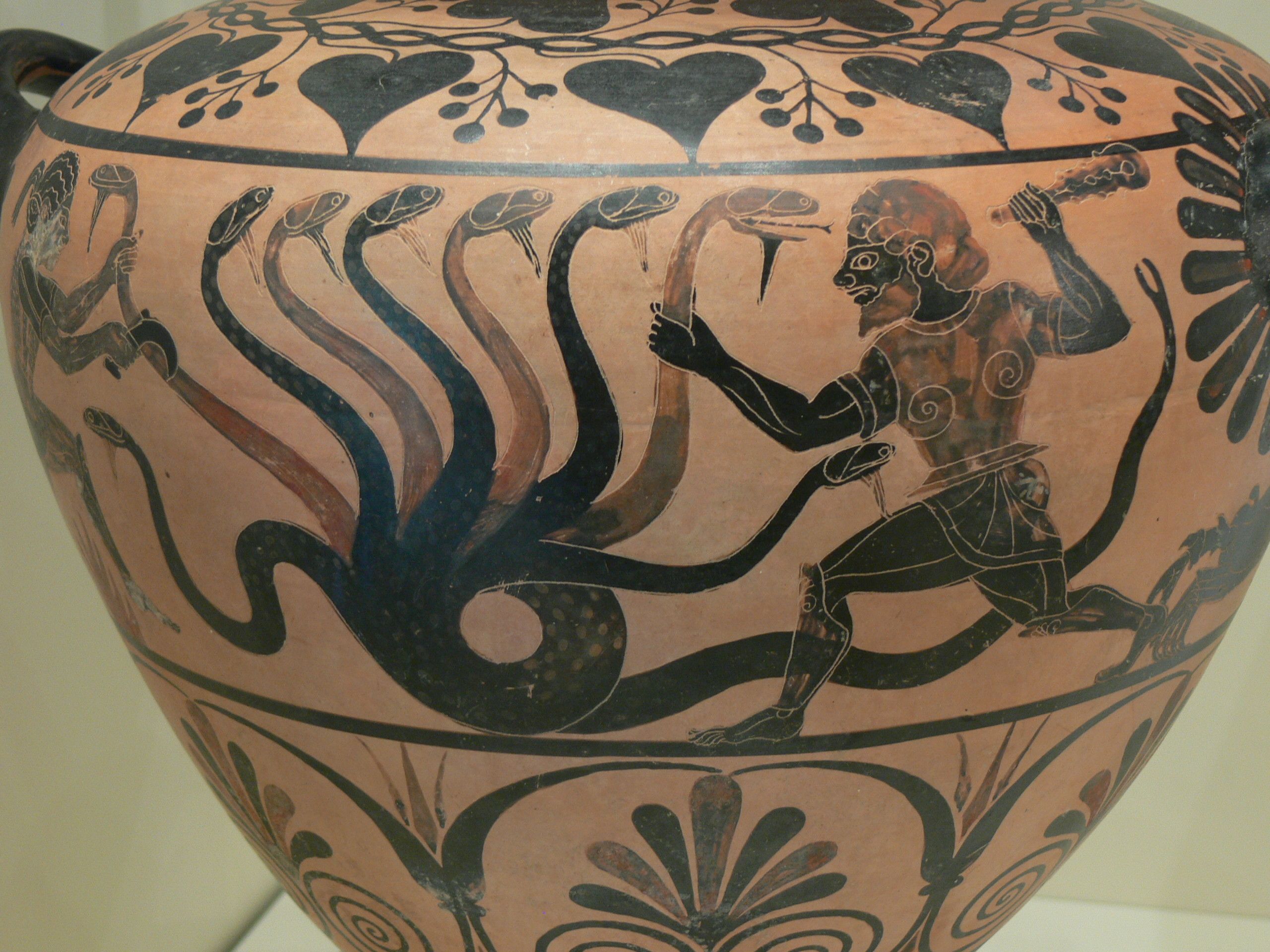
Credit: Getty Villa
All In The Game
Unlike in the old myths, however, the player of “Hades” feels the struggle right along with Zagreus because they’re struggling with him through gameplay, run after run, and death after death. Through an old setting and brilliantly new uses of the unique properties of video games as an artistic medium, “Hades” becomes an affecting treatise on the ability of humans to work for what they want.
So, does every video game need to incorporate its game mechanics, right down to the death of the main character, so beautifully into its narrative and themes, and have a compelling branching story to boot? Not necessarily. Sometimes, the story can be linear, and respawning can just be respawning. However, respawning and player choice are essential and unique features of video games, just as essential as cutting between shots in a film. To become more complete narrative experiences, more games should attempt to embrace death and choice as the potential story hooks that “Hades” proves they can be.
